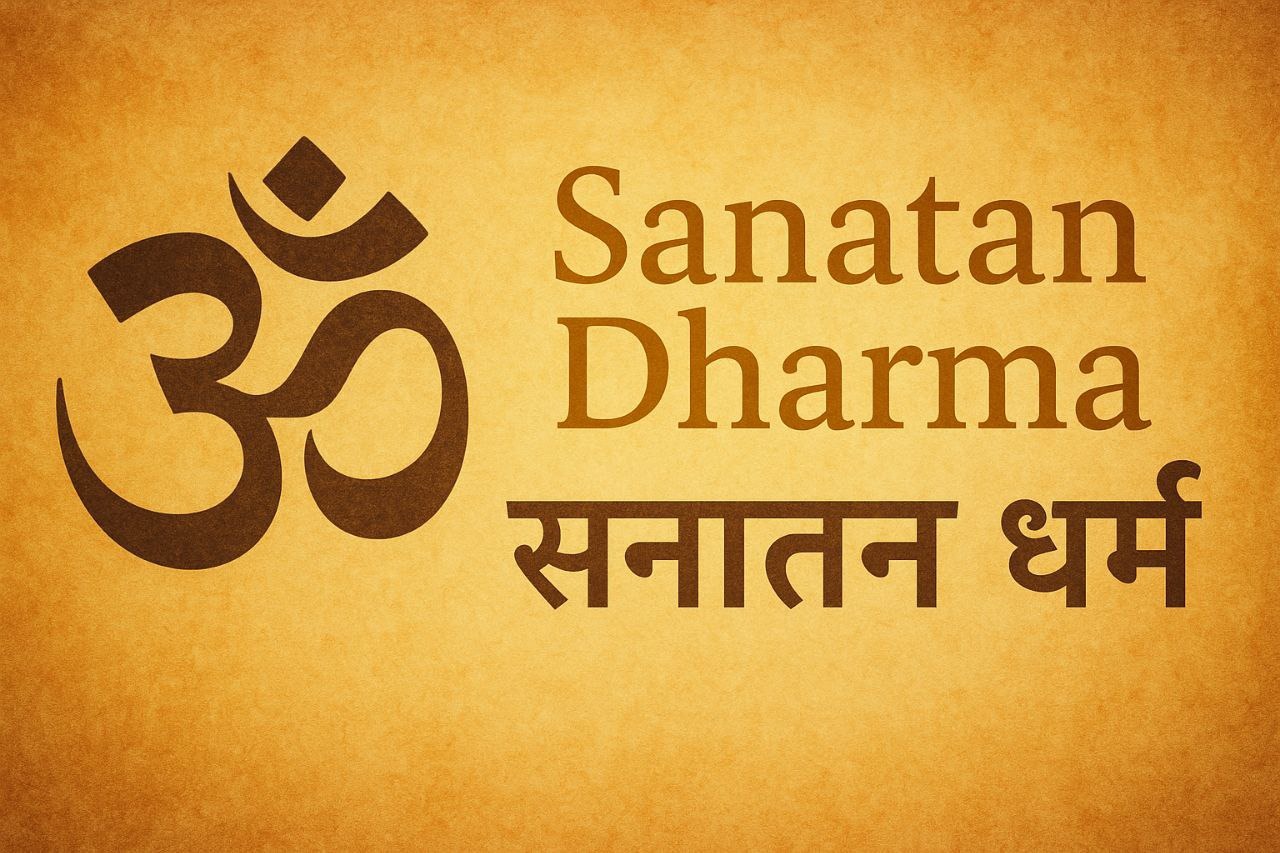Rebirth & Moksha ~ Views on Life and Death

In the timeless wisdom of Sanatan Dharma, life and death are not final events but phases in the grand journey of the soul. Unlike the modern material worldview that sees death as an endpoint, Sanatan Dharma reveals it as a doorway, one that leads the soul from one body to another, from one life to another, until it attains liberation, Moksha.
What is Rebirth?
Rebirth, or Punarjanma, is the process through which the soul (Atman) takes on new embodiments.
The Bhagavad Gita (2.22) beautifully says:
"As a person sheds worn-out garments and wears new ones, likewise, the soul discards worn-out bodies and wears new ones."
This profound cycle is governed by Karma, the law of cause and effect. Every thought, word, and action sows a seed that eventually bears fruit. These karmic impressions carry forward into future lives, shaping the circumstances one is born into.
"Death is not the end but a comma in the long sentence of the soul’s evolution." ~ Adarsh Singh
The Purpose Behind Rebirth
The soul is on a journey of remembrance. Having forgotten its true divine nature, it cycles through lifetimes, seeking wholeness, understanding, and unity with the Supreme.
This journey is not random. The Upanishads affirm that one's inner desires (vasanas) and karmic baggage propel the soul toward births where it can exhaust those impressions and evolve spiritually.
What is Moksha?
Moksha is liberation, freedom from the cycle of birth and death (Samsara). It is not a place but a state of conscious union with Brahman, the Supreme Reality.
In Moksha:
There is no more karma.
No rebirth.
No suffering.
Only pure awareness, bliss, and eternal peace.
The Chandogya Upanishad hints at this beautifully in the Mahavakya
Tat Tvam Asi ~ You are That.
Liberation comes when one realizes that the individual self (Atman) is not separate from the Universal Self (Brahman).
"The drop does not vanish in the ocean; it remembers it was always the ocean in disguise." ~ Adarsh Singh
Life and Death: Not Opposites but Complements
In Sanatan Dharma, life and death are two expressions of the same divine rhythm. Death is not to be feared but understood. When one knows that the soul is indestructible, death loses its sting.
Life offers the opportunity to evolve through Dharma and self-inquiry.
Death offers the soul a rest or a redirection, based on karma.
Both are stages in the soul’s eternal pursuit of self-realization.
"To live with awareness is to die without fear. To know the soul is to transcend death altogether." ~ Adarsh Singh
The Path to Liberation
To attain Moksha, one must:
Perform righteous actions (Dharma) without attachment to results.
Cultivate Jnana (spiritual knowledge) and practice self-inquiry.
Practice Bhakti (devotion), surrendering to the Divine.
Engage in meditation and detachment from worldly illusions (Maya).
The doctrine of Rebirth and Moksha offers a vision of hope, continuity, and profound responsibility. We are not victims of chance but architects of our destiny through karma. And beyond all striving lies the supreme possibility, Moksha, the return to our divine source.
"The one who knows death is not afraid of life. The one who knows the Self is not bound by either." ~ Adarsh Singh
Tue Jul 22, 2025
